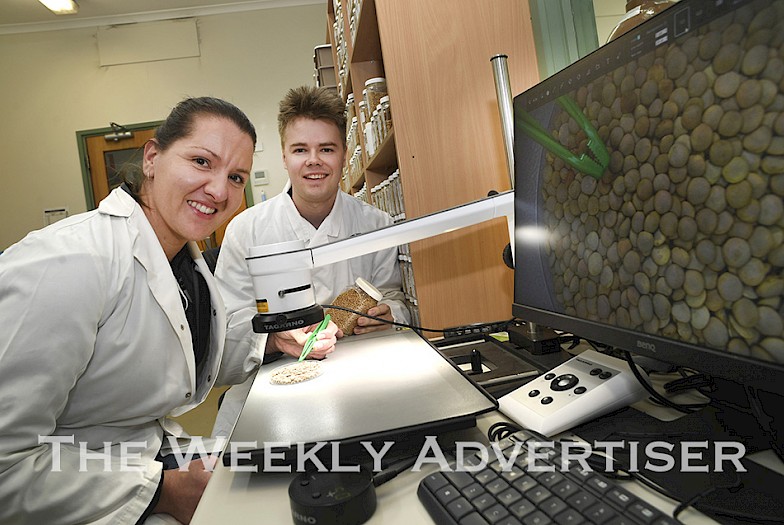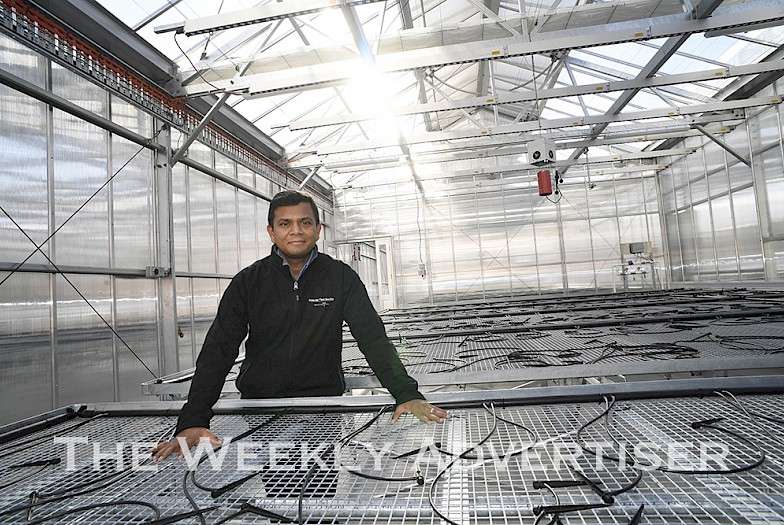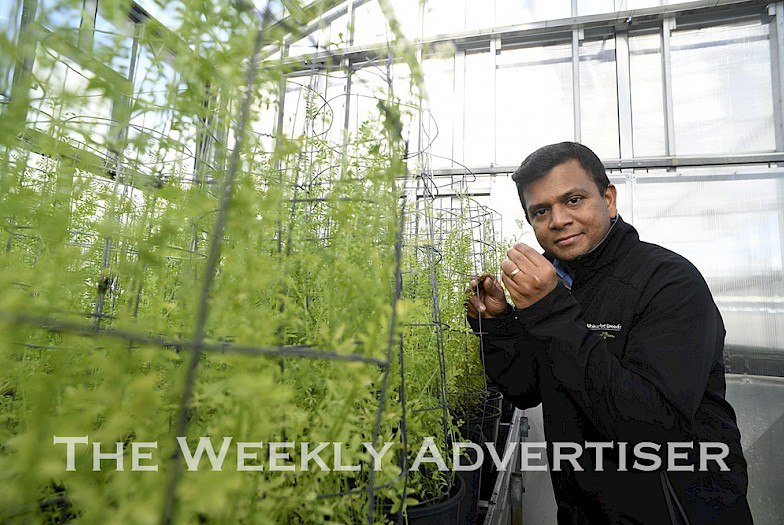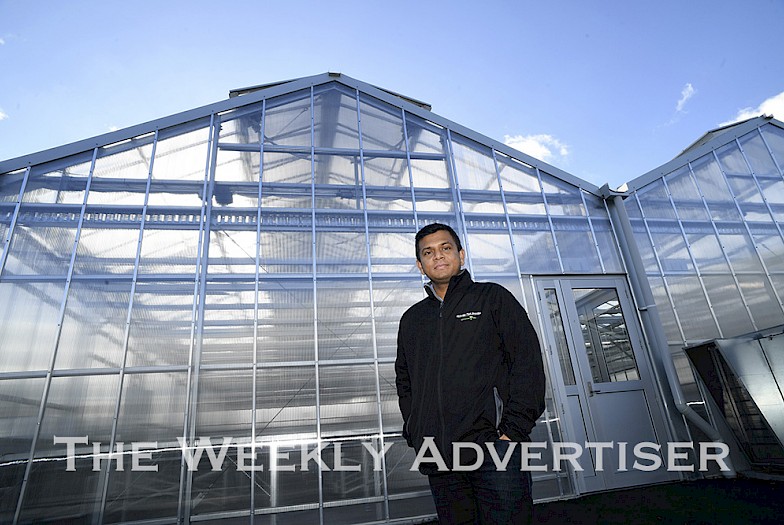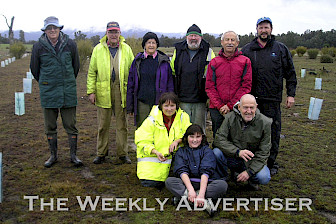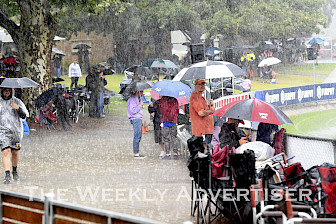“The hub is similar to an incubation hub, however it also has the capacity for end product assessment and product development.
“We have eight PhD students on site who will use the hub and I think there are new potential PhD projects that they will be seeking students for.
“The space will also be used as an education hub, where students from primary through to secondary school and undergrads at university can come and learn more about agriculture and science, to get people engaged and excited about agriculture.”
Dr Walker said she was excited about the space and the new technologies that would be relevant to different industries wishing to use grains in their products.
“It is a space that will be used for training, teaching, engaging – that’s what the innovation hub is really about,” she said.
The State Government has invested $12-million in the project, with construction of the innovation hub to start in May, 2023 and be completed in 2024.
Agriculture Victoria research scientist and lentil breeder Arun Shunmugam said the new glasshouses would be a gamechanger for breeding and research.
“What we’re going to get is good temperature control, automated processes for things like fertiliser application and state-of-the-art LED lighting,” he said.
“This is all coming with precise building management control, so we can control it using apps on phones.
“It will tell us if there’s a slight difference in temperature or lighting conditions, so it’s going to warn us or alert us so we can go reset it.”
Dr Shunmugam said the state-of-the-art facility would be ‘very’ beneficial compared with older glasshouses.
“Our research scientists typically can grow only two generations of pulse crops in one year using the older glasshouses, but with this new facility we will be able to grow three to four generations in a year, which is a big advantage for us,” he said.
“With the larger footprint of the glasshouses, we can do more speed breeding combined with genomics-
assisted technologies, that means we are going to have increased yield gains quicker as well.
“We will be able to save one year’s worth of a breeding cycle, and this will eventually filter through to a $3.5- million increase in lentil productivity each year because we are getting our varieties one year quicker to the market, which is a great thing for us.”
Dr Shunmugam said the researchers would focus on a variety of plant traits to improve them for farmers and their productivity.
“As a national-level breeding program for field pea and lentils we focus on multiple characteristics in our pulse crops,” he said.
“Disease resistance is one of them. We also focus on herbicide tolerance, salt and boron tolerances, which are all abiotic factors that affect the plants in the field.
“The glasshouses are all functional, but we haven’t put any plants in there yet, so we plan to start sowing soon.”
The entire May 25, 2022 edition of The Weekly Advertiser is available online. READ IT HERE!
The entire May 25, 2022 edition of AgLife is available online. READ IT HERE!
